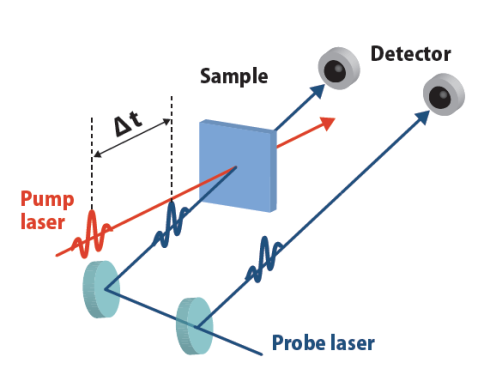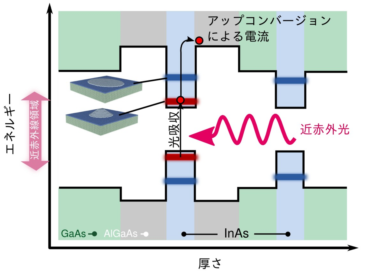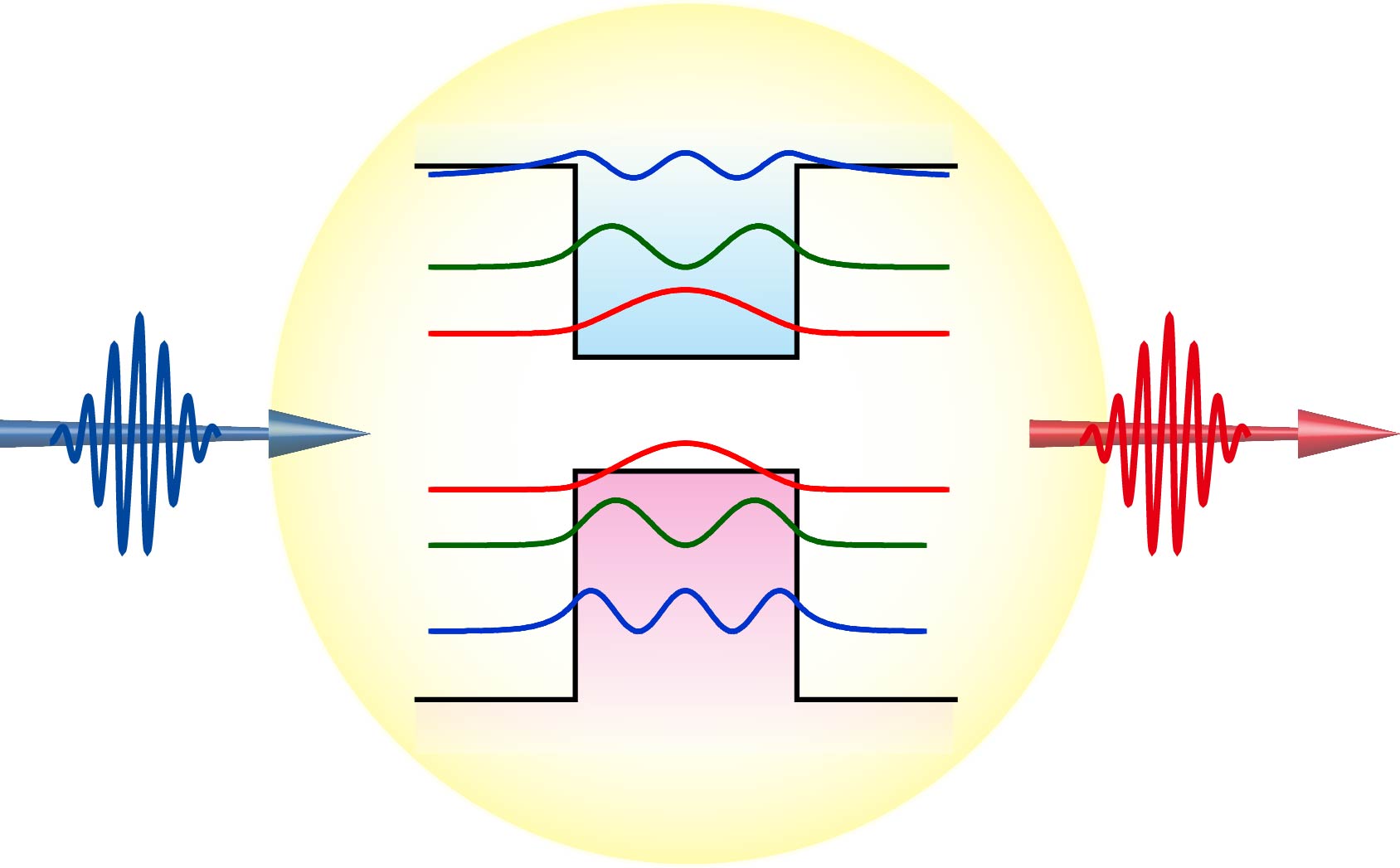At the Optical Materials Science laboratory, we experimentally study optical properties of nanomaterials using laser-based spectroscopic techniques. In particular, optical methods that combine microspectroscopy and ultrafast lasers are employed to study both the fundamental aspects of nanoscience and also the practical aspects related to nanophotonics and solar cells.
Study of photophysical phenomena by single-particle spectroscopy
|
This topic concerns the research of quantum optical properties, which are investigated by single-particle spectroscopy of semiconductor nanostructures such as nanoparticles or carbon nanotubes. By detecting the luminescence of the nanostructure with high sensitivity, it is possible to clarify the quantum nature of electrons and excitons in individual particles. We investigate the mechanisms of luminescence blinking and fluctuation of luminescence spectra caused by the Coulomb interactions between a charge and a photoexcited exciton inside the nanoparticle.
|  |
Electron-hole dynamics in quantum dots and quantum wires by ultrafast spectroscopy
|
We study the multi-body effects between carriers, which can be easily observed in nanometer-sized semiconductors such as carbon nanotubes and nanoparticles. In nanostructured semiconductors, the electrons and holes are confined in a narrow space, and therefore the Coulomb interaction between the carriers is significantly enhanced. As a result, new phenomena that cannot be observed in bulk semiconductors, e.g. stable multiple excitons and fast Auger recombination in quantum structures, may appear. The ultrafast spectroscopy allows us to reveal these unique optical responses.
|  |
Light energy conversion processes: Research on next-generation high-efficiency solar cell materials
|
To develop next-generation high-efficiency solar cell materials, we employ light energy conversion processes that are based on the efficient many-body effects between carriers in quantum nanostructures. Conventional solar cells can convert solar energy into electric energy with acceptable efficiencies, but further improvement in the conversion efficiencies is considered to be important for the environment, future energy supply, and economy. Our research aims at realization of solar cells with higher efficiencies by using innovative physical processes that are not used in conventional solar cells, such as quantum effects, which is possible with new materials such as quantum nanostructures.
|  |
